Padding of upholstered furniture: the choice of upholstery and step-by-step instructions
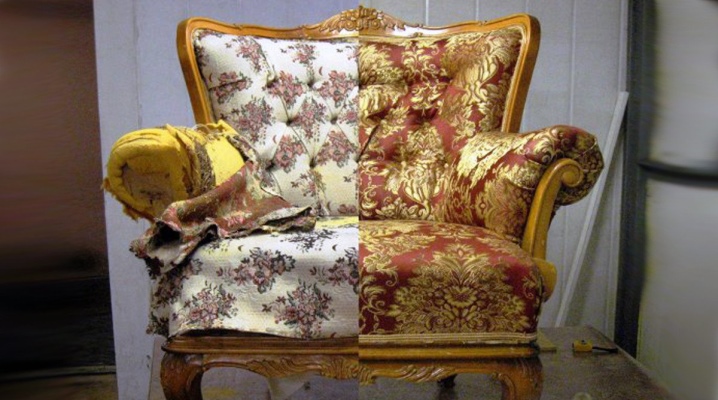
Upholstered furniture is an integral part of living and working space, which makes it possible to relax and recuperate in comfort. With regular and prolonged use, this piece of furniture can lose its appearance and become irrelevant in terms of stylistic solutions. During operation, the upholstery material suffers most of all, but the frame retains its integrity longer. To extend the service life and transform a soft product, experts recommend using the constriction method. This technology will help not only to remove defects, but also to adapt the product to the general style of the room.
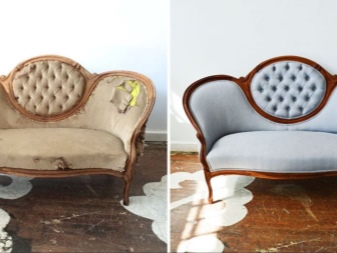
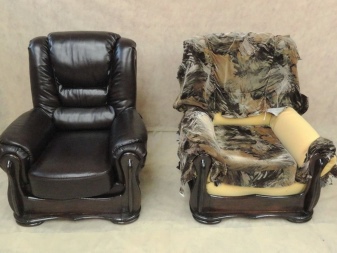
Choice of fabric
Modern equipment and innovative nanotechnology have allowed manufacturers to produce a wide range of textile fabrics for the restoration of furnishings. Specialists divide all fabrics into two categories:
- covering - thick cotton fabric, which is used to cover the structure and spring blocks, make the inside of the cover;

- upholstery - a special material that performs not only practical functions, but also aesthetic ones.
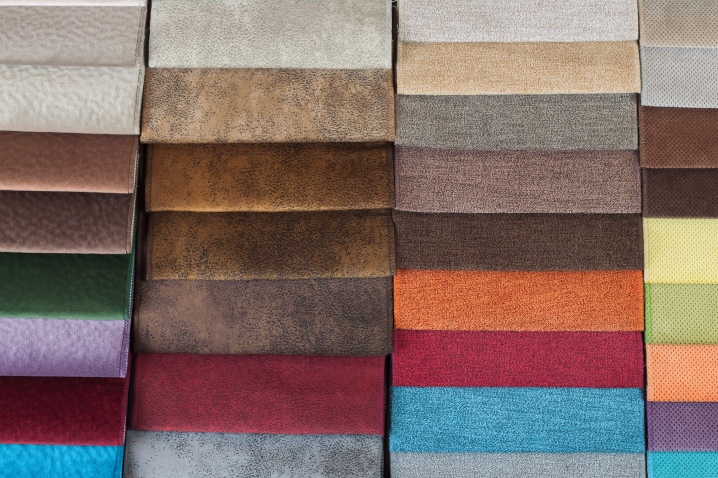
A list of the most popular upholstery fabrics.
- Jacquard - the most popular textile material for upholstery of upholstered furniture, which consists of natural and chemical fibers. Advantages - dense structure, long-term retention of shape, the presence of a woven relief pattern, a wide price range, ease of maintenance.
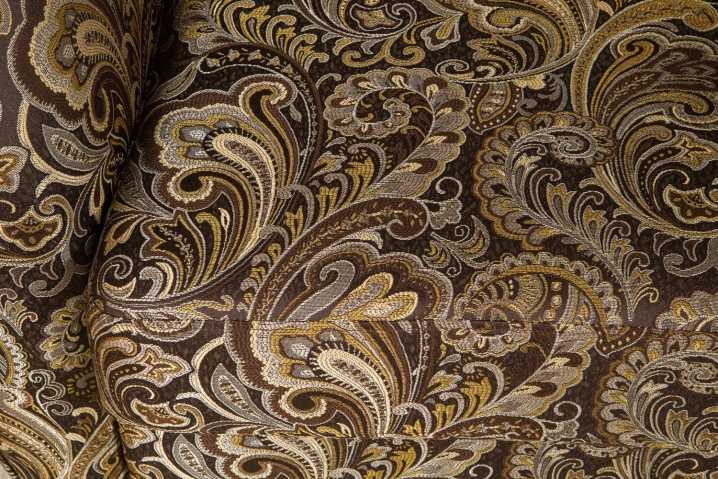
- Scotchguard - anti-vandal large-patterned jacquard treated with special moisture-proof compounds that protect against moisture, dirt, burnout and mechanical damage.
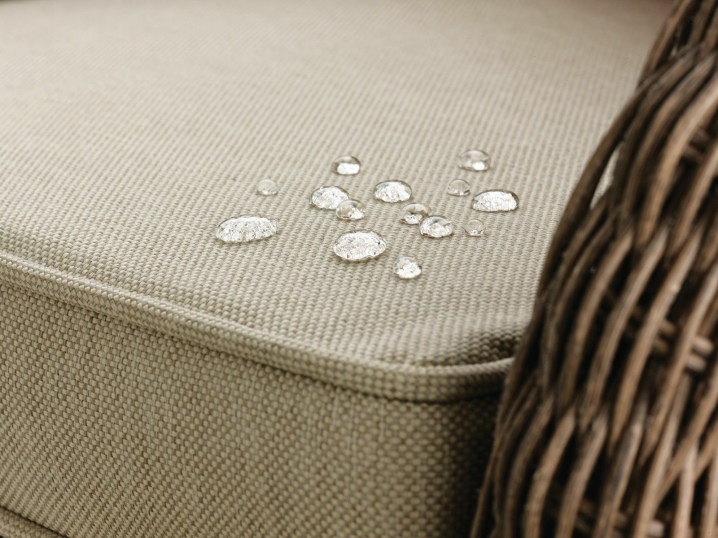
- Thermojacquard - a new type of material, which is an unpainted jacquard with a printed pattern. A distinctive feature is the deep penetration of paint into the fiber structure using the thermal printing method, which ensures long-term preservation of the integrity and brightness of the pattern.

- Tapestry - one of the varieties of jacquard, which is made from thick cotton threads and a small amount of synthetic fibers. A distinctive feature is dense weaving, the presence of complex pictorial patterns, long-term preservation of shape, a tendency to fade. Upholstery with bright ornaments is best suited for small upholstered furniture.

- Mat - a material that has a checkerboard weave of threads and looks like burlap. Manufacturing material - linen, cotton, silk, wool, acrylic and polyester. A distinctive feature is increased strength, wide range of colors, interesting texture, ease of maintenance.
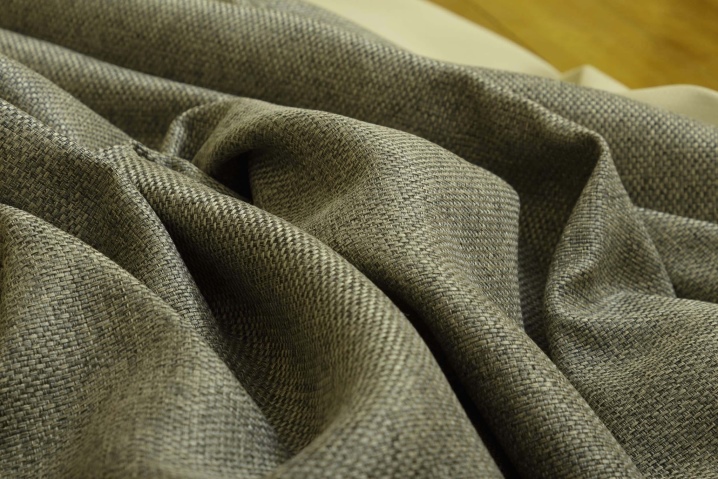
- Chenille - durable and dense material, which consists of cotton and synthetic fibers. The main feature of the material is a special weaving technique, which provides for twisting the threads before weaving them. A distinctive feature is the presence of a small nap, low price.
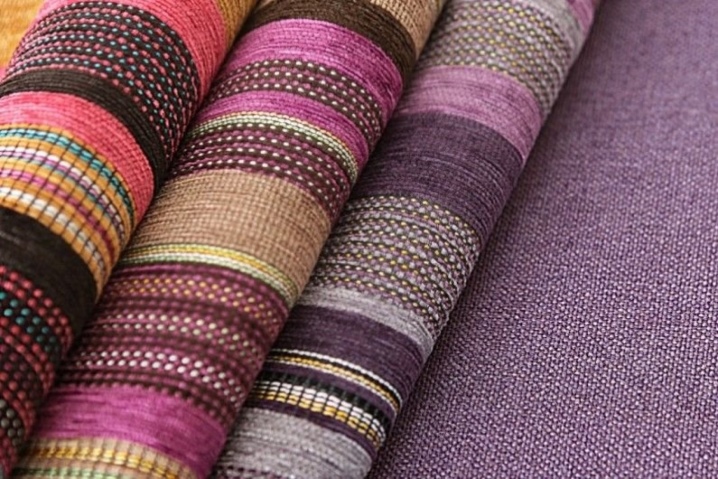
- Velours - a material that has a fleecy structure and complex weaving. The quality and properties of the material are influenced by the density of the trapping of the fibers. Advantages - soft structure, environmental safety. The disadvantage is a high wear rate, difficulty in cleaning.
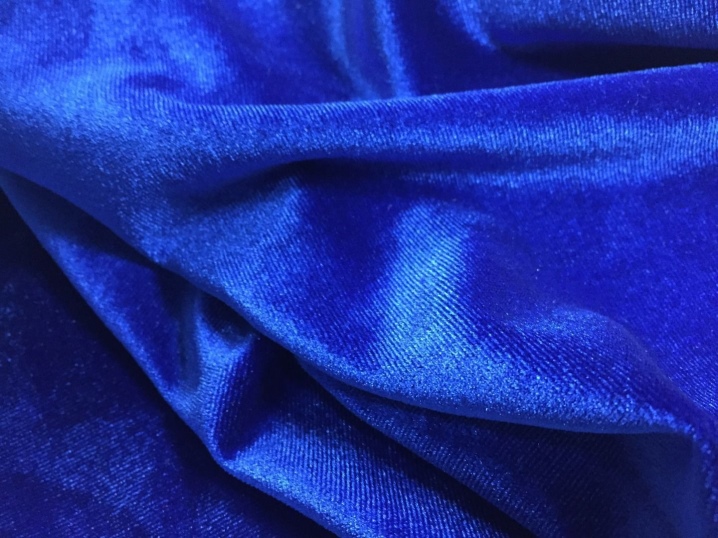
- Flock - one of the modifications of velor, which consists of cotton and polyester and has a fleecy structure. Manufacturing technology - application of nylon pile to a fabric adhesive base using an electrostatic field.Advantages - strength, water resistance, ease of cleaning, resistance to pollution, anti-vandal properties.
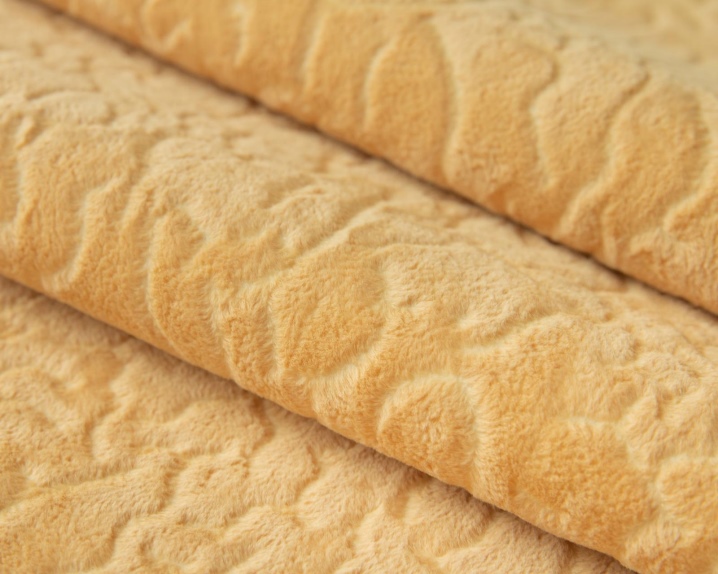
- Velveteen - material with a fleecy and ribbed structure. The distance between the scars can be either medium or large. Production material - cotton, elastane, polyester. Disadvantages - rapid contamination, difficulty in cleaning, short period of operation, rapid loss of appearance, low level of resistance to wear.
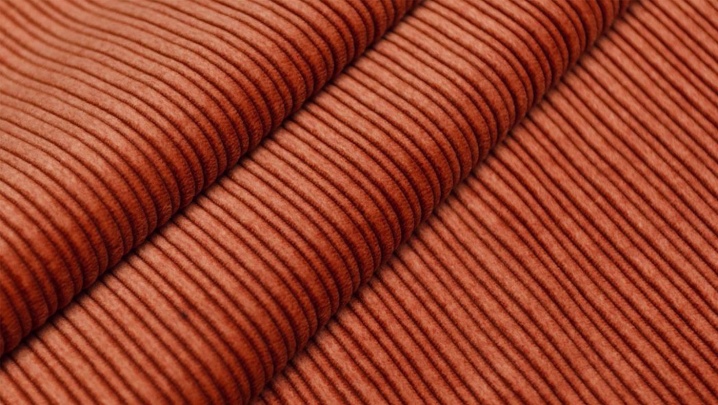
- Faux suede - fabric made of polyester and cotton and coated with a special teflon solution. Advantages - external resemblance to genuine leather, strength, durability, resistance to wear, resistance to mechanical damage and fading. The disadvantage is the impossibility of wet cleaning.

- Artificial fur - a material that looks like the skin of an animal, which consists of a base and a pile. The material for making the pile is nylon, viscose, wool. Advantages - affordable price range, wide range of colors, environmental safety, ease of maintenance. Disadvantages - short period of operation, rapid pollution.
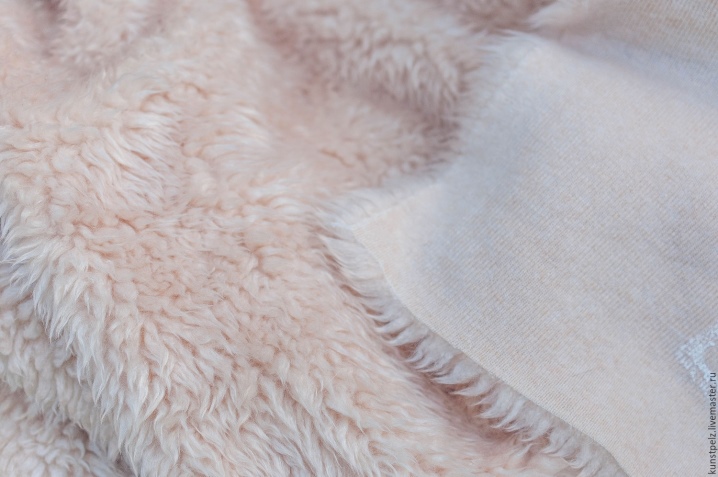
- Leather - expensive luxury material. The initial raw material is the skin of a pig, goat, horse. There are two types of processing - aniline and semi-aniline. The first method allows you to get beautiful upholstery with a delicate and fragile structure, using the second method, a strong, durable and wear-resistant material with more modest aesthetic indicators is produced. Both materials are durable and attractive.
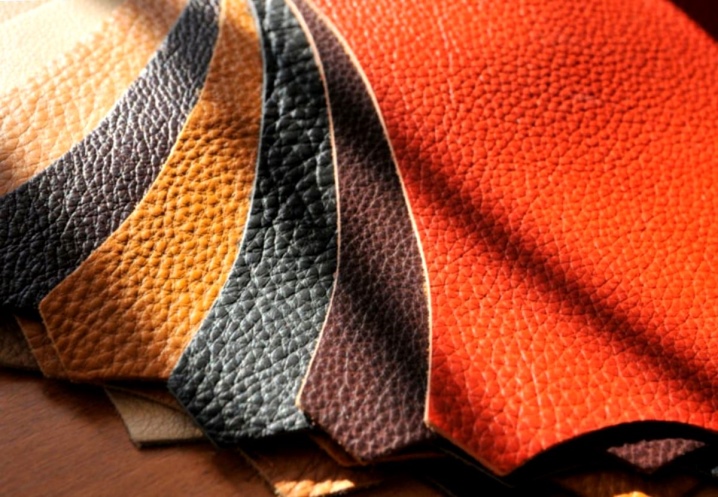
- Artificial leather - a special material on which a film with the required color scheme is applied. Advantages - long-term retention of shape, water-repellent properties, resistance to pollution. The brightest representatives are arpatek, microfiber.
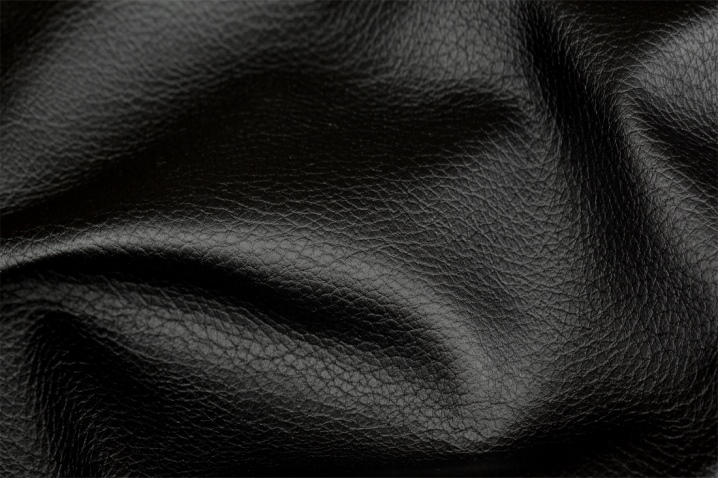
In most cases, when pulling upholstered furniture, the question arises of replacing not only the upholstery, but also the filler.
Experts recommend paying attention to the following types of fillers and their characteristics:
- foam rubber - availability, low price, high wear rate, low quality, operational period no more than 5 years;
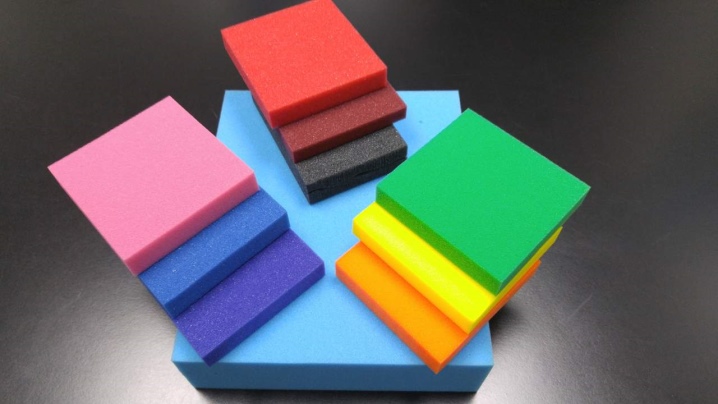
- latex - ergonomics, high level of elasticity, uniform load distribution, high price range;
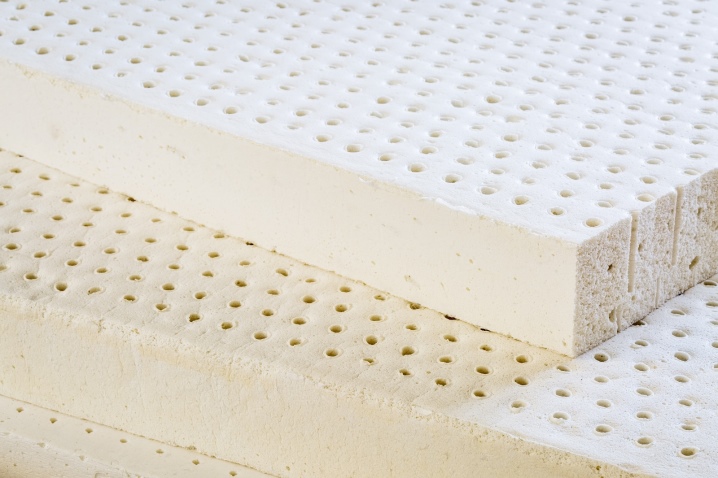
- polyurethane - environmental safety, maximum shape retention, affordable price;

- sintepon - versatility, the ability to create new shapes and reliefs;
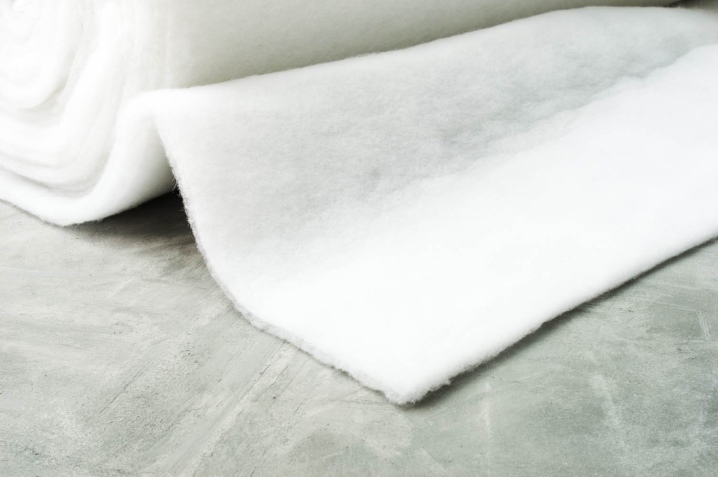
- holofiber - high level of wear resistance, maximum shape retention, hygiene, environmental safety;

- coconut fleece - durability, no need for connection with the spring block.
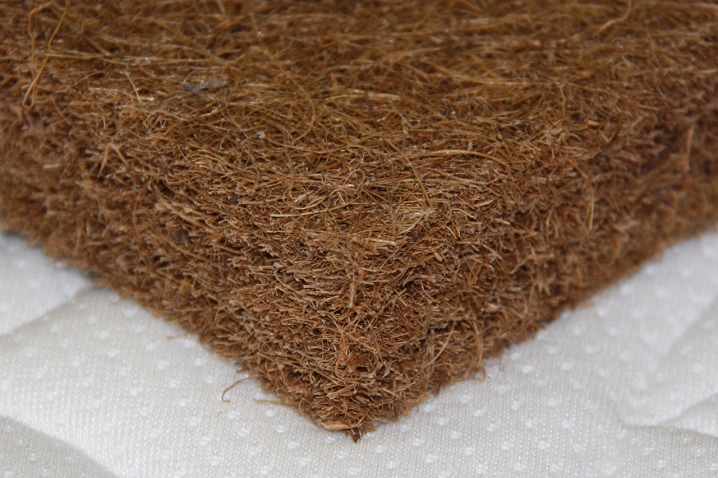
In order to choose the right type of material for upholstery, it is necessary to take into account the intensity of use of furniture, the presence of pets, the presence of allergies to the materials used.
What do you need?
Before proceeding with the independent transformation of upholstered furniture, it is necessary to prepare special tools.
For disassembly and assembly:
- furniture stapler;
- knife;
- screwdriwer set;
- pliers;
- hammer;
- round nose pliers;
- a set of keys;
- roulette;
- staples;
- PVC glue.
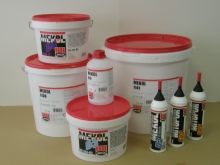
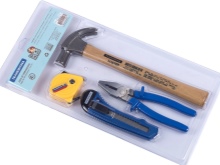
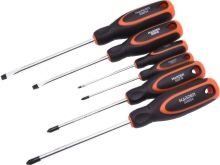
For cutting and sewing the cover:
- sharp scissors;
- crayons;
- threads;
- paper for patterns;
- sewing machine.
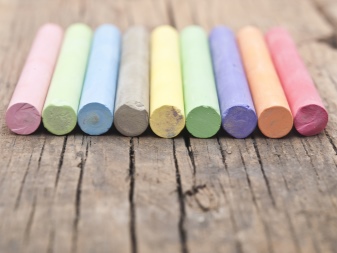
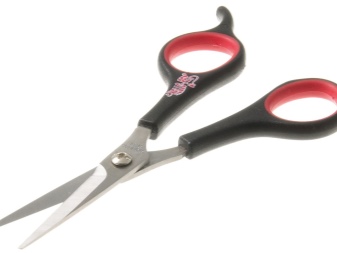
You should also take care of purchasing decorative nails and buttons.
Step-by-step instruction
Rendering furniture is a complex and painstaking process that should be entrusted to professionals. Having a basic set of theoretical and practical knowledge, you can qualitatively change the skin with your own hands at home. Restoration and replacement of the old upholstery of a children's and a straight sofa will not cause difficulties, but you need to work hard to transform the corner furniture.
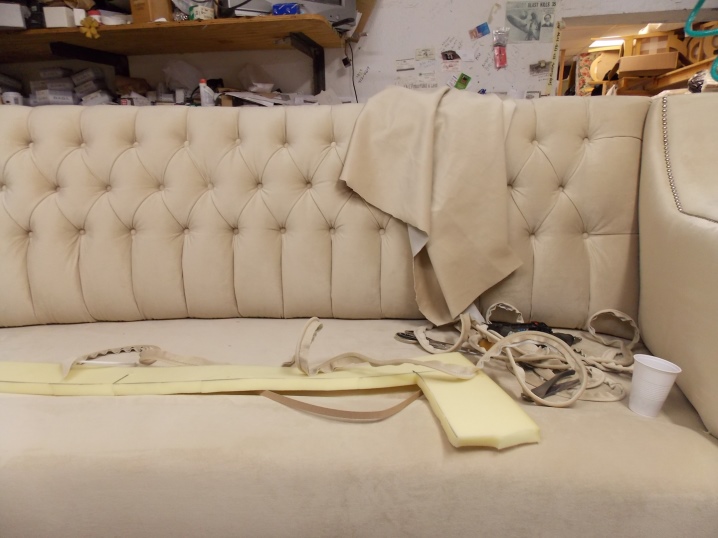
Disassembly
The first stage in the transformation of upholstered furniture is to remove the soft pillows and armrests, disassemble the structure and remove the old upholstery. In the process of dismantling, you must carefully remove all fasteners (bolts, nails, staples, nuts), trying not to damage the integrity of the upholstery.
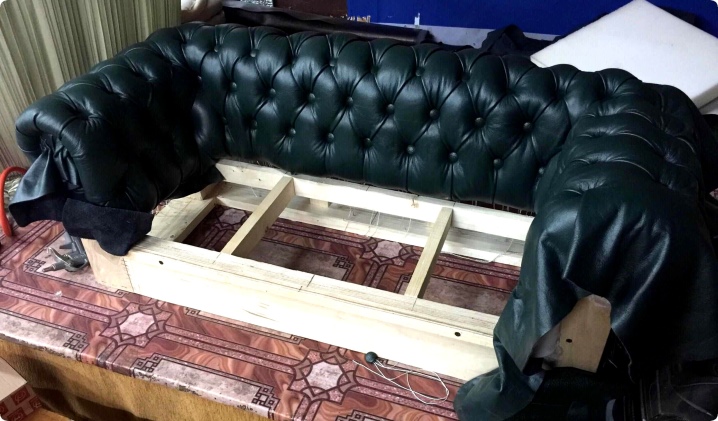
Old material can be used as a pattern. We should not forget about the integrity of the frame, which will have to serve for a long period of time.
Special locksmith tools are assistants in the removal of fasteners. If it is not possible to remove the part, experts recommend simply hammering it into a wooden frame.

Removing worn upholstery
Worn upholstery is not just a waste material that needs to be disposed of, but also a valuable and highly accurate pattern that can be used to create new upholstery. Given this feature, work must be carried out accurately and accurately.
Under the upper upholstery layer there may be auxiliary covers and upholsterythat should be removed only if their condition is assessed as unsatisfactory.
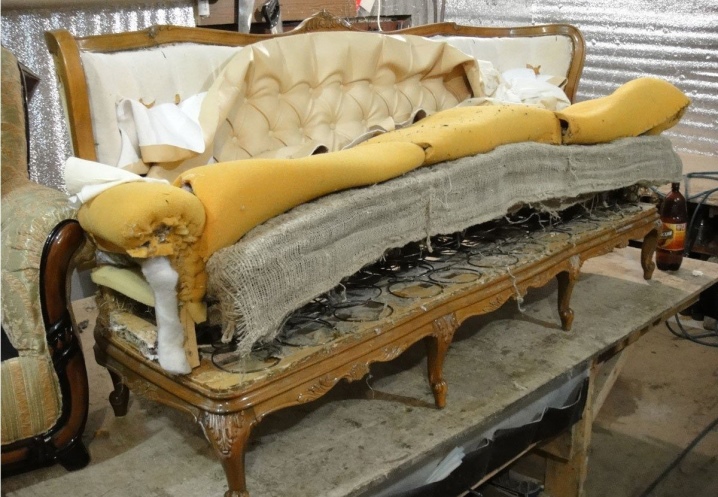
Fastening new material
Before attaching the selected material, you need to calculate its amount. This procedure can be carried out independently or use a special computer program, into which the following measurements must be entered:
- the size of the armrests;
- back and seat height and width;
- size of allowances and stocks.
To obtain the required number of upholstery elements, lay out the patterns on a measured piece of material and carefully circle them with a pencil.
To ensure the most correct joining and joining of elements, experts recommend not to forget about the allowances at the edges, the optimal size of which is 50 mm.
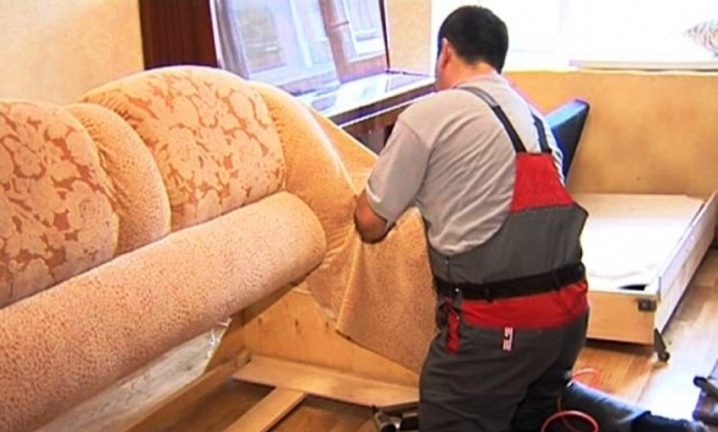
Cutting out blanks should be carried out with special sharp scissors strictly along the drawn lines, which experts do not recommend to go beyond.
If necessary, you can sew parts of the cover, while adding new folds and grooves to the product, which will help make the design more voluminous and interesting.
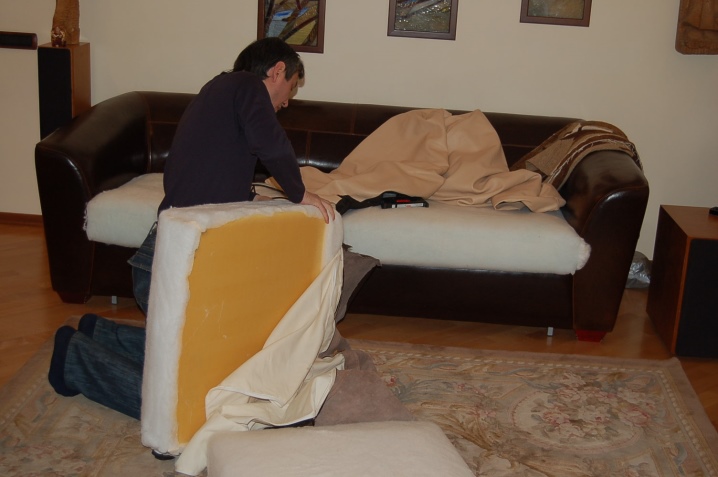
Assembly
Fitting is the final stage, which is characterized by increased complexity and importance. It is on the professionalism of the assembly that the aesthetic appearance of the product and the overall end result depend. If the body of the product is made of wood, then in order to extend its operational period, it is advisable to cover the material with a special protective varnish.
Before you start attaching the upholstery, you must lay it out as carefully as possible in the planned places, trying to avoid folds and crumpled areas. Fastening of the upholstery is carried out with a construction stapler and special staples.
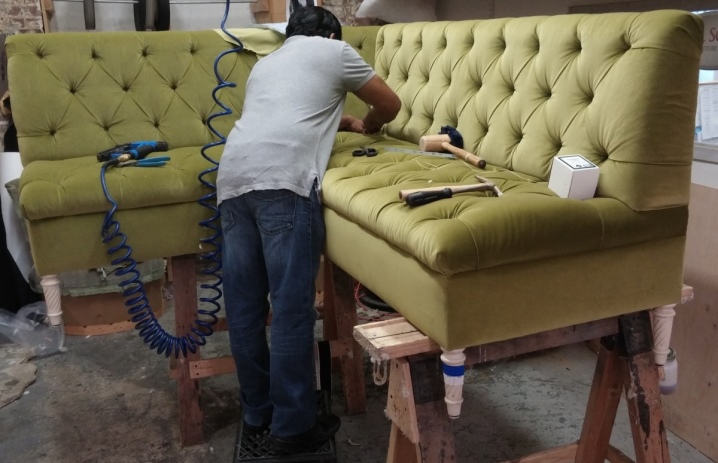
The material to be fixed must be in a taut position. Loose areas of tissue are not only unaesthetic, but also more susceptible to wear and tear and mechanical damage.
One should not forget about carrying out a mandatory revision of the filler before starting the assembly of the structure. In most cases, this material does not need a partial replacement, but a complete one. If at the final stage of the transformation, loose or damaged areas were found, they must be glued or knocked down.

Recommendations
In order for the process of transforming upholstered furniture to be quick and easy, it is necessary not only to carefully study the technology of work performance, but also to pay attention to the recommendations and secrets of experienced craftsmen.
Professional furniture makers recommend not only to strictly follow the sequence of work, but also to photograph all the actions performed. Color photographs will become a visual aid in the work and will help to avoid mistakes and non-adherence to the assembly sequence.
To transform furniture, experts recommend using only special upholstery fabrics that are of high quality, durability, long service life and ease of maintenance.
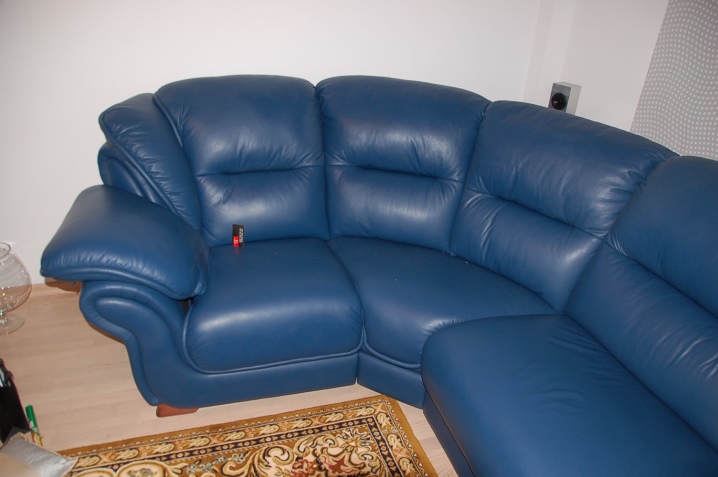
It is necessary to gain repair experience on inexpensive fabrics with a simple texture, the correction of errors and shortcomings on which will not provoke not only professional difficulties, but also financial costs.
The selected upholstery material should not only have a beautiful appearance, but also be harmoniously combined with the general stylistic solution of the room, and also necessarily correspond to the conditions and intensity of use.
Padding of furniture is a simple and affordable method to extend the life of upholstered furniture. This restoration method does not require large financial investments, and the result obtained can pleasantly surprise the owners. For independent work, you need to carefully study the technology and be sure to consult with specialists.
For do-it-yourself upholstered furniture hauling, see below.













The comment was sent successfully.